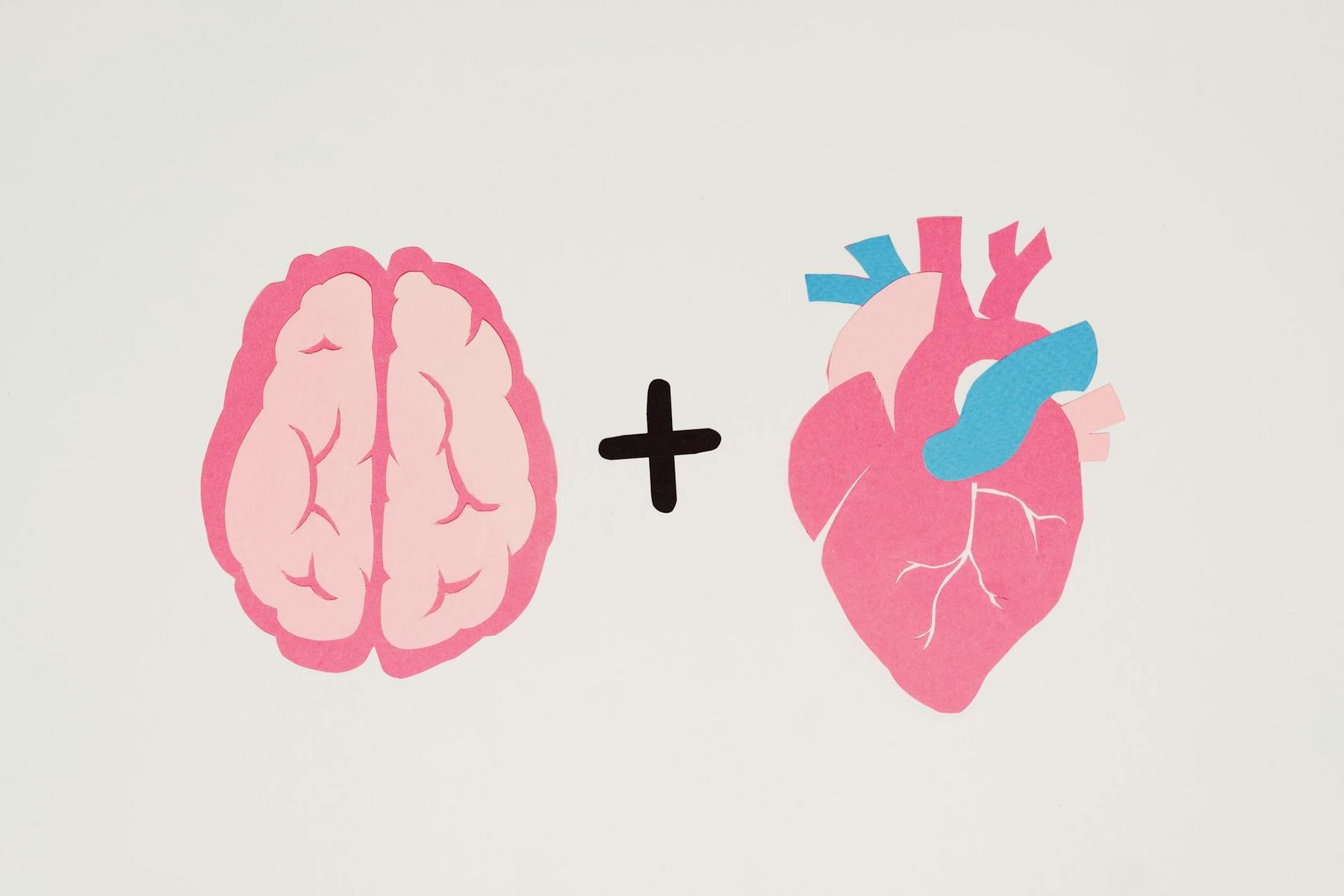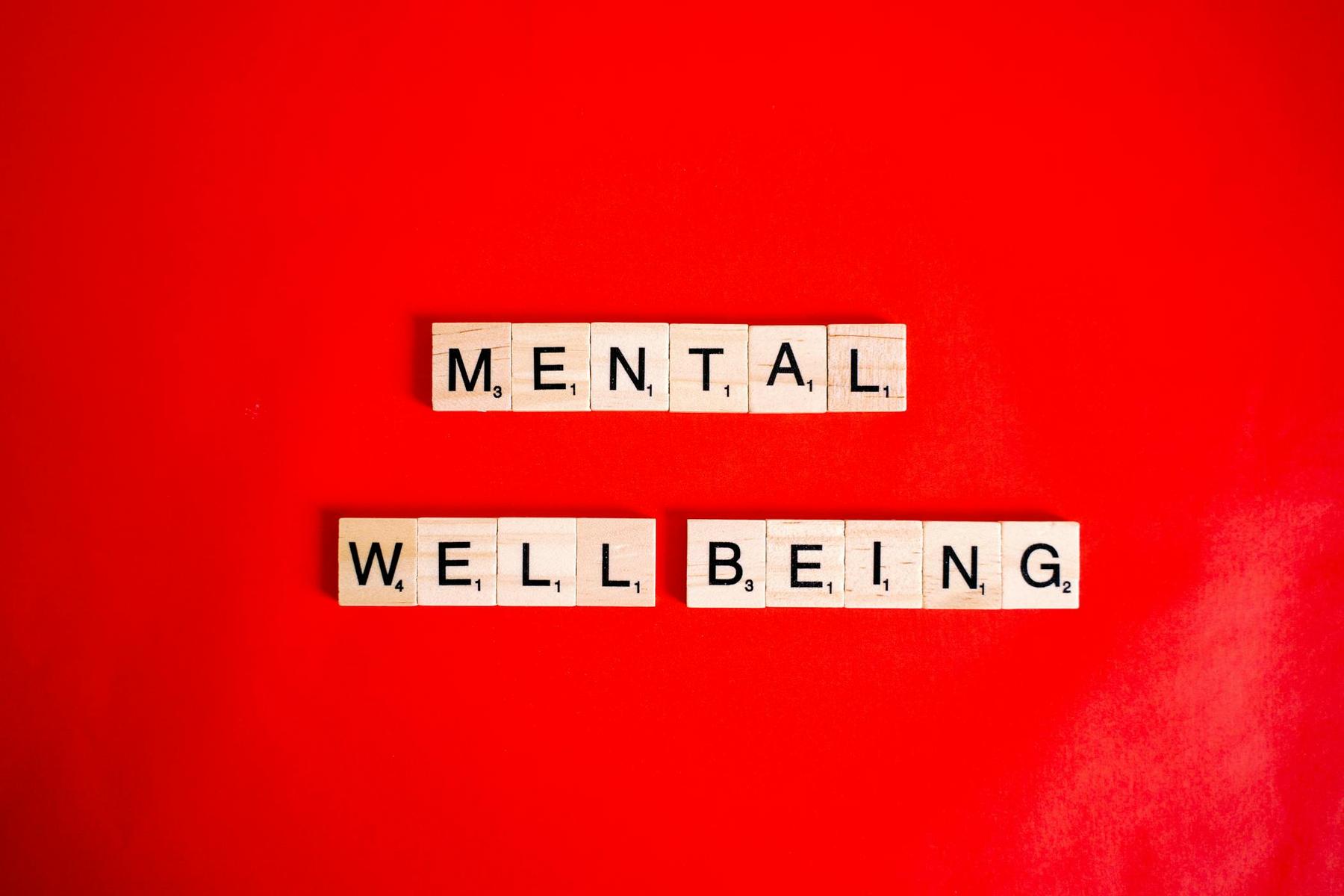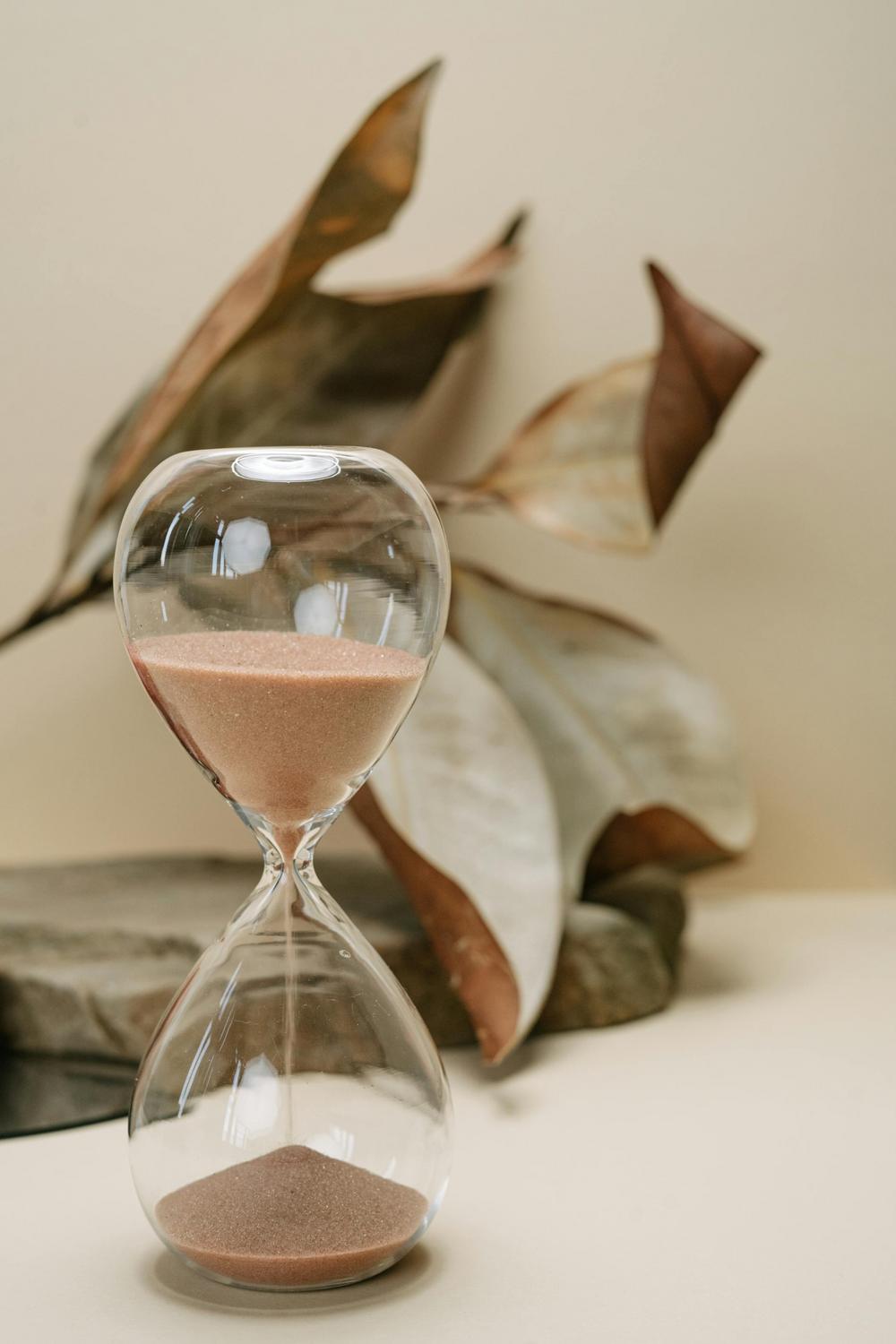Stress has become synonymous with overwhelm, exhaustion, and decline in our modern vocabulary. Yet within the Australian workforce and broader community, where mental health ranks as the third largest health concern, a growing body of evidence reveals a transformative truth: not all stress threatens wellbeing. Some stress experiences catalyse growth, enhance performance, and fundamentally improve quality of life. This phenomenon—eustress—represents one of psychology’s most misunderstood concepts, yet understanding it may be critical to cultivating resilience, vitality, and sustained wellbeing across all life domains.
The distinction between stress that depletes and stress that develops remains poorly recognised, despite endocrinologist Hans Selye establishing this framework nearly five decades ago. As Australians increasingly seek holistic, evidence-based approaches to wellness, comprehending how to transform perceived threats into opportunities for growth has become essential knowledge for navigating professional challenges, personal development, and the inevitable uncertainties of contemporary life.
What Is Eustress and How Does It Differ from Distress?
Eustress combines the Greek prefix “eu-” (meaning good or well) with “stress” to literally signify “beneficial stress.” First coined by Austro-Hungarian endocrinologist Hans Selye in 1976, eustress describes the positive cognitive and physiological response to challenging situations that feel manageable, meaningful, and aligned with personal goals. Rather than creating feelings of overwhelm, eustress generates excitement, determination, and engagement.
The fundamental distinction lies not in the stressor itself, but in how individuals perceive and respond to it. The same challenging project, public presentation, or physical training session can produce eustress in one person whilst generating distress in another. This perception depends upon multiple factors: available resources, degree of control, timing, personal relevance, and whether the challenge feels surmountable or insurmountable.
Whilst both eustress and distress activate the sympathetic nervous system’s fight-or-flight response, they diverge significantly in duration, intensity, and outcome. Eustress triggers short-term hormone releases—epinephrine, norepinephrine, and cortisol in measured doses—that enhance focus, energy, and performance without causing long-term physiological damage. Recovery occurs rapidly, and the body returns to homeostasis efficiently.
Distress, conversely, involves either excessive acute stress or chronic elevation of stress hormones. Research from Yale University in 2021 demonstrated that frequent distress may accelerate biological aging processes, whilst the American Heart Association’s 2023 Scientific Sessions linked chronic distress to cardiovascular disease, heart attacks, and strokes. Distress manifests through feelings of being overwhelmed, loss of control, and a threat-based rather than challenge-based appraisal of circumstances.
| Characteristic | Eustress | Distress |
|---|---|---|
| Demand Level | Moderate, aligned with capabilities | Either too low or excessively high |
| Perceived Control | Average to high | Little to none |
| Appraisal Type | Challenge-focused | Threat-focused |
| Duration | Short-term with clear resolution | Often chronic or feels endless |
| Emotional Response | Excitement, determination, alertness | Nervousness, tension, irritation |
| Physical State | Energetic, vigorous, full of life | Fatigued, exhausted, drained |
| Behavioural Outcome | Prepared to engage, willing to expand effort | Cannot concentrate, making errors |
| Performance Impact | Enhanced functioning | Impaired functioning |
What Are the Biological Mechanisms Behind Positive Stress?
Understanding eustress requires examining the physiological cascade it triggers. When facing a eustressful challenge—preparing for an important presentation, undertaking physical training, or learning a complex new skill—the body activates its acute stress response. This activation represents an evolutionary advantage: the mobilisation of resources to meet demands effectively.
During eustress, hormone release occurs in carefully regulated doses for brief periods. This measured response provides numerous benefits: heightened alertness, improved concentration, increased motivation, and enhanced physical capabilities. The cardiovascular system responds optimally, delivering oxygen and nutrients to muscles and brain more efficiently. The immune system experiences temporary enhancement rather than suppression.
Exercise exemplifies “oxidative eustress” perfectly. Physical training creates controlled stress that challenges the body, generating low levels of free radicals that paradoxically strengthen rather than damage biological systems. This hormetic effect—where small doses of stressors make organisms more resilient—underlies many eustress benefits. The cardiovascular system becomes more robust, immune function improves, and mental resilience develops through repeated exposure to manageable challenges.
Critically, the body’s response to eustress fundamentally differs from its response to distress at the neuroendocrine level. Research examining challenge versus threat appraisals demonstrates that individuals who perceive stress as a challenge show markedly different physiological patterns: more efficient cardiac output, lower vascular resistance, and better overall cardiovascular efficiency. These individuals effectively harness stress hormones for performance rather than experiencing them as toxic agents.
The temporal dimension proves equally important. Acute eustress resolves quickly—the presentation concludes, the training session ends, the challenge subsides—allowing the body to recover fully. Chronic distress, conversely, maintains elevated cortisol levels that eventually impair memory consolidation, decision-making capacity, and mental health stability. The distinction between acute beneficial activation and chronic detrimental elevation determines whether stress promotes or undermines wellbeing.
What Situations Generate Eustress in Daily Life?
Recent empirical research examining 1,270 studies across 80 peer-reviewed articles has established three primary sources of eustress, forming a comprehensive hierarchical construct that explains how positive stress manifests across diverse life domains.
Successful Goal-Directed Action
The most frequently researched eustress source involves pursuing and achieving meaningful objectives. This encompasses professional achievements, personal development milestones, skill acquisition, and overcoming obstacles aligned with one’s values and identity. The facets include environmental context, self-relevance, emotional engagement, action-taking, and tangible outcomes.
Completing a challenging work project, successfully presenting research findings, mastering a new technical skill, or achieving a fitness goal all exemplify goal-directed eustress. The key elements involve clear objectives, appropriate challenge levels matching current capabilities, and measurable progress toward desired outcomes. This form of eustress generates feelings of accomplishment, efficacy, and growth.
Momentary Experience
The second major eustress source involves fulfilling engagement with challenging situations in the present moment, independent of specific goal pursuit. This encompasses mindfulness, connection, acceptance, and savoring experiences. An individual might experience eustress whilst hiking a challenging mountain trail, engaging deeply in creative work, or navigating complex social interactions whilst remaining fully present.
This category correlates strongly with wellbeing frameworks emphasising positive emotion, engagement, relationships, meaning, and accomplishment. The experience feels intrinsically rewarding rather than merely instrumental toward future goals. Flow states—complete absorption in enjoyable activity with heightened focus and performance—represent the pinnacle of momentary eustress experiences.
Stable Individual Qualities
The third source involves trait-level characteristics that predispose individuals toward eustress responses: resilience, competence, optimism, self-esteem, emotional stability, and strong interpersonal skills. These qualities develop through habitual success in goal pursuit and repeated momentary engagement with challenges.
Individuals with high self-efficacy—confidence in their ability to handle demands—consistently interpret potentially stressful situations as opportunities rather than threats. Similarly, those with an internal locus of control believe they can influence outcomes, fundamentally shaping their stress appraisal processes.
Common eustress-generating situations include: taking on challenging but realistic work responsibilities, starting new employment or relationships, physical conditioning and athletic training, learning new skills or pursuing education, public speaking or performance opportunities, travelling to unfamiliar locations, pursuing personal goals aligned with values, major positive life changes (marriage, new home), competitive situations with meaningful stakes, and overcoming obstacles through problem-solving.
How Can You Cultivate More Eustress in Your Life?
Transforming distress into eustress—or generating more positive stress experiences—requires both mindset shifts and practical strategies supported by psychological research. The Multidimensional Eustress-Distress Scale, a validated 18-item measure with reliability coefficients between 0.80-0.90, demonstrates that eustress significantly predicts enhanced academic and workplace performance, validating these intervention approaches.
Reframe Threat Appraisals into Challenge Appraisals
The single most powerful intervention involves consciously reframing how you perceive demanding situations. Rather than viewing a difficult project as a threat to competence or status, reconceptualise it as an opportunity to develop skills, demonstrate capabilities, or contribute meaningfully. This cognitive reframing literally changes physiological stress responses, shifting from threat-based to challenge-based activation patterns.
Practical reframing techniques include replacing “I have to” language with “I get to” language, focusing on controllable aspects rather than external factors beyond influence, remembering previous successful challenge navigation, and using positive self-talk emphasising capability rather than inadequacy. Research from Crum and Salovey demonstrates that individuals viewing stress as enhancing rather than debilitating show markedly different psychological and physiological outcomes.
Set Realistic, Meaningful Goals Using SMART Criteria
Eustress requires appropriately calibrated challenges—neither overwhelming nor understimulating. The Yerkes-Dodson Law establishes that optimal performance occurs at moderate arousal levels. Goals should be Specific, Measurable, Achievable, Relevant, and Time-bound, ensuring clarity whilst maintaining appropriate difficulty.
Breaking large objectives into manageable milestones creates regular eustress experiences rather than overwhelming pressure. Each completed milestone generates accomplishment feelings, builds self-efficacy, and motivates continued engagement. Celebrating these incremental victories reinforces positive stress associations.
Develop Self-Efficacy Through Graduated Exposure
Self-efficacy—belief in one’s capacity to handle specific challenges—represents perhaps the most critical eustress determinant. Building this quality requires systematically expanding comfort zones through graduated exposure to increasingly difficult tasks. Successfully navigating smaller challenges builds confidence for larger ones.
Learning new skills daily, regardless of scale, creates consistent eustress exposure. Whether mastering a new software feature, attempting an unfamiliar recipe, or engaging with novel ideas, regular skill development maintains cognitive flexibility and stress resilience. Physical exercise provides particularly accessible eustress generation, offering immediate feedback and progressive challenge opportunities.
Foster Supportive Social Connections
Social support fundamentally alters stress perception and response. Research on “tend-and-befriend” stress responses, particularly prominent in women, demonstrates that social connection during challenging periods can transform threat perception into manageable challenge perception. Discussing difficulties with trusted colleagues, friends, or professionals provides perspective, emotional regulation support, and practical problem-solving assistance.
Creating psychologically safe environments—whether in workplace teams, family structures, or community groups—enables eustress rather than distress responses to challenges. When individuals feel supported, respected, and valued, they more readily interpret demands as opportunities rather than threats.
Practice Mindfulness and Present-Moment Awareness
Mindfulness practices reduce threat-based stress appraisals by anchoring attention in immediate experience rather than catastrophic future projections. Regular meditation, breathing exercises, or simply practising present-moment awareness during daily activities strengthens this capacity.
When confronting challenges mindfully, individuals more accurately assess actual versus perceived threat levels, often recognising that circumstances feel less overwhelming than anticipated. This realistic appraisal facilitates eustress rather than distress responses.
Why Does Eustress Matter for Long-Term Wellbeing in Australia?
The significance of understanding and cultivating eustress extends far beyond immediate performance enhancement. In the Australian context, where occupational stress costs billions annually in lost productivity, healthcare expenses, and reduced quality of life, transforming stress relationships represents both an individual and societal imperative.
Building Resilience Through Managed Challenge
Eustress serves as resilience training. Each successfully navigated challenge strengthens psychological flexibility, emotional regulation capacity, and coping skill repertoires. Over time, individuals develop what researchers term “stress inoculation”—previous positive stress experiences create templates for handling future challenges effectively.
This resilience development proves particularly valuable in Australia’s evolving workplace landscape, where rapid technological change, economic uncertainty, and increasing complexity characterise professional life. Employees who experience regular eustress demonstrate higher retention rates, greater work satisfaction, and better work-life enrichment rather than work-life conflict.
Bridging Stress and Wellbeing
Substantial overlap exists between stable eustress qualities and core wellbeing traits: vitality, resilience, competence, optimism, emotional stability, self-esteem, positive relationships, and positive emotions. Eight of ten recognised wellbeing characteristics feature prominently in the eustress construct, suggesting bidirectional relationships.
High wellbeing predisposes individuals toward eustress responses when encountering challenges, whilst regular eustress experiences actively build wellbeing capacities. This positive cycle contrasts sharply with distress’s vicious cycle, where chronic stress depletes resources, reduces wellbeing, and further impairs stress management capacity.
Wellbeing outcomes associated with regular eustress include improved physical health and longevity, enhanced cognitive function and neuroplasticity, increased productivity and creativity, strengthened social competence and relationships, and elevated subjective wellbeing and life satisfaction.
Holistic Integration in Modern Healthcare
Australian healthcare increasingly recognises holistic integration of physical, mental, emotional, and social health dimensions. AHPRA-registered professionals across disciplines emphasise evidence-based interventions incorporating stress resilience training, mindfulness practices, goal-setting frameworks, and social support development.
This shift reflects a growing understanding that sustainable health improvements require comprehensive lifestyle approaches rather than isolated interventions. Eustress cultivation aligns perfectly with this philosophy, offering a framework for transforming inevitable life challenges into wellbeing-enhancing experiences.
Workplace wellness programmes across Australia increasingly incorporate stress resilience components, recognising that supporting employees’ capacity to experience eustress generates organisational benefits whilst promoting individual flourishing. Mental health first aid training, psychological safety initiatives, and trauma-informed care approaches all facilitate eustress over distress responses.
Harnessing Challenge for Growth and Vitality
Understanding eustress fundamentally transforms how individuals can engage with life’s inevitable demands. Rather than viewing all stress as detrimental—an enemy to be eliminated—recognising that appropriate challenges catalyse growth, enhance performance, and build resilience offers profound implications for wellbeing across life domains.
The research evidence demonstrates conclusively that eustress represents far more than the mere absence of distress. It constitutes a distinct positive state characterised by engagement, meaning, accomplishment, and vitality. Cultivating eustress requires both internal shifts—reframing threat as challenge, building self-efficacy, developing optimism—and external adjustments—setting appropriate goals, fostering supportive relationships, creating psychologically safe environments.
For Australians navigating professional complexity, personal growth aspirations, and the inherent uncertainties of contemporary life, mastering eustress generation represents essential wellbeing literacy. Those who successfully harness challenge for growth rather than allowing demands to overwhelm experience not merely better stress management, but fundamentally richer, more vital, and more satisfying lives.
The choice between distress and eustress often lies not in eliminating challenges—an impossible and undesirable goal—but in transforming relationships with challenge itself. When demands align with capabilities, connect with values, and feel manageable through adequate resources and support, stress becomes an ally in personal development rather than an obstacle to wellbeing. This paradigm shift, supported by decades of rigorous research and increasingly integrated into Australian healthcare approaches, offers pathways toward sustainable flourishing amidst life’s inevitable pressures.
Can the same situation cause eustress for one person but distress for another?
Yes, absolutely. The identical challenge—such as delivering a public presentation—can generate eustress in one individual whilst creating distress in another. The critical determining factors include perceived control over the situation, self-efficacy (confidence in the ability to handle the task), available resources and support, timing and context, alignment with personal goals and values, and previous experience with similar challenges. This individual variability explains why stress management interventions must be personalised rather than one-size-fits-all.
How long should eustress last before it becomes harmful?
Eustress functions beneficially when it remains acute and time-limited, typically lasting minutes to hours rather than days or weeks. The body requires recovery periods between eustress exposures to restore homeostasis and consolidate learning. When ‘positive’ challenges become chronic or unrelenting—even if initially exciting—they risk transitioning into distress through resource depletion and sustained hormone elevation. Regular recovery periods, adequate sleep, and balancing challenge with restoration maintain eustress benefits whilst preventing harmful chronic activation.
Is it possible to have too much eustress?
Yes, excessive eustress can become problematic. Whilst appropriate challenge enhances wellbeing, constantly operating at high arousal levels without adequate recovery depletes physiological and psychological resources. Individuals who continuously seek intense challenges, maintain perfectionist standards, or never allow downtime may experience burnout despite initially positive stress experiences. The optimal approach involves rhythmic cycles of challenge and recovery, ensuring sustainable engagement rather than constant high-intensity activation.
Does eustress protect against or prevent distress?
Regular eustress experiences build resilience that can buffer against distress, but they don’t provide complete protection. Successfully navigating challenges develops coping skills, stress inoculation, and self-efficacy that make future stressors feel more manageable. However, severe stressors, inadequate resources, loss of control, or the accumulation of multiple demands can overwhelm even highly resilient individuals. Eustress cultivation represents one important protective factor among many contributing to stress resilience.
Can you train yourself to experience more eustress and less distress?
Research demonstrates that stress appraisals and responses can be modified through intentional practice. Cognitive reframing techniques, graduated exposure to challenges, self-efficacy development, mindfulness practices, and optimism cultivation all increase eustress propensity. However, transformation requires consistent effort over time rather than immediate change. Working with qualified professionals—psychologists, counsellors, or wellness practitioners—can accelerate this learning process through evidence-based interventions tailored to individual circumstances and goals.













